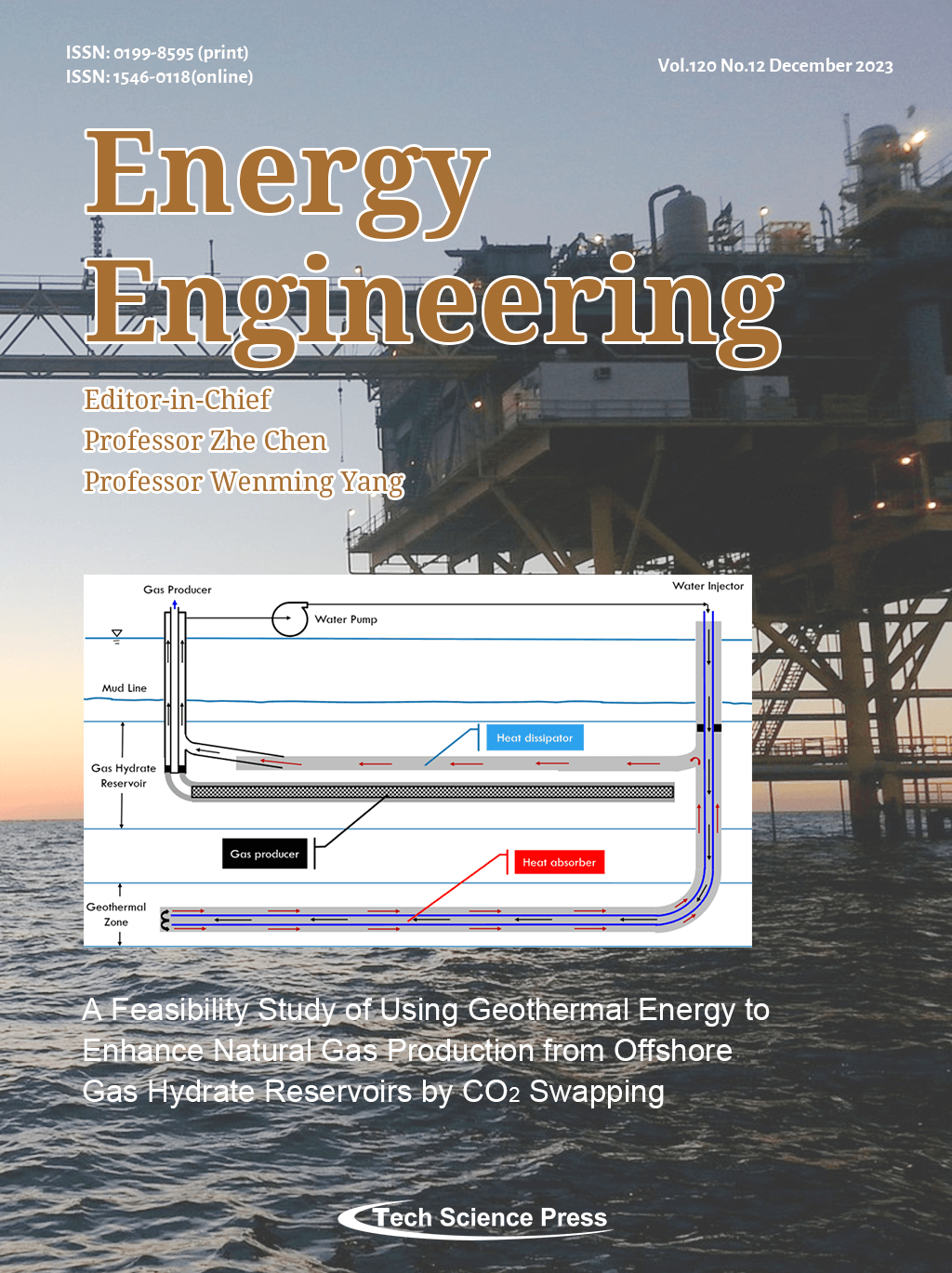Review of Black Start on New Power System Based on Energy Storage Technology
Jin Fan1, Litao Niu2, Cuiping Li3, Gang Zhang2, He Li3, Yiming Wang3, Junhui Li3,*, Qinglong Song3, Jiacheng Sun3, Jianglong Pan4, Fangfang Lai4
Energy Engineering, Vol.120, No.12, pp. 2857-2878, 2023, DOI:10.32604/ee.2023.029740
- 29 November 2023
Abstract With the continuous development of new energy generation technology and the increasingly complex power grid environment, the traditional black start scheme cannot meet the requirements of today’s power grid in order to ensure the stable operation of the power system can be restored quickly in the face of large power outages, so a more complete black start scheme needs to be developed to cope with the new power system. With the development of energy storage technology, the limitations of the traditional black-start scheme can be solved by new energy farms with energy storage configuration. Therefore, More >
Graphic Abstract
